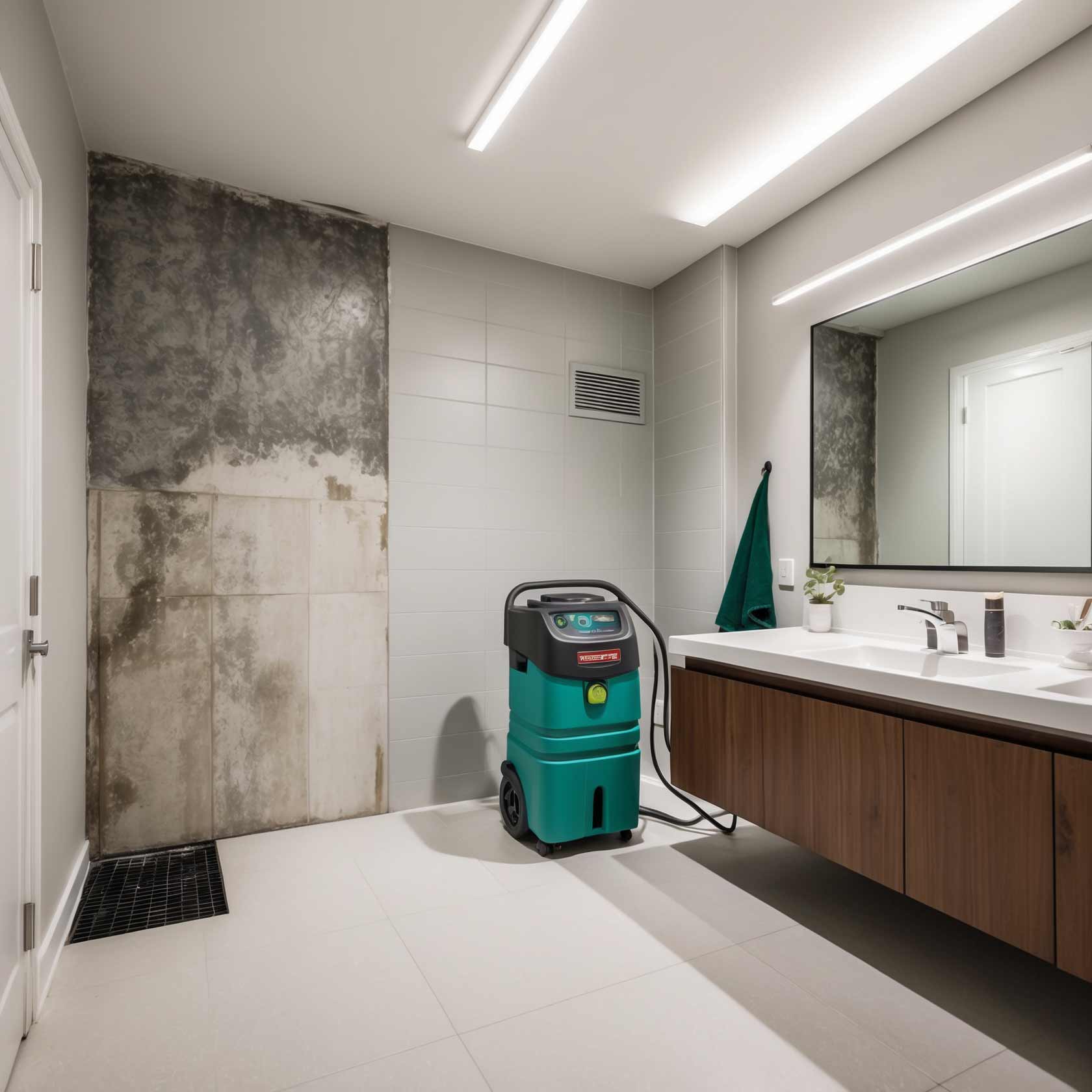What Is The Difference Between Mold Removal And Mold Remediation?
Introduction
Mold is a common nuisance that can infiltrate our homes and workplaces, creating an environment fraught with health risks and structural damage. If you've ever found yourself facing a mold problem, you might have come across the terms "mold removal" and "mold remediation." While these phrases are often used interchangeably, they refer to different processes. Understanding the difference between them Tip Top Plumbing & Restoration is crucial for homeowners seeking effective solutions to their mold issues.
In this article, we will explore the nuances of mold removal and mold remediation, dive into why it's essential to address mold issues promptly, discuss methods for effective treatment, and provide insights into maintaining a mold-free environment. By the end of this comprehensive guide, you'll be equipped with the knowledge to tackle any mold situation you encounter.
What Is The Difference Between Mold Removal And Mold Remediation?
When it comes to addressing mold issues in your home or business, understanding the distinction between mold removal and mold remediation is vital.
Understanding Mold Removal
Mold removal refers specifically to the process of physically eliminating visible mold from surfaces. This may involve scrubbing affected areas with cleaning solutions or using specialized tools designed for this purpose. However, while removing visible mold is important, it doesn't necessarily address the underlying cause of the problem—moisture.
- Key Characteristics of Mold Removal:
- Focuses on visible surface mold.
- Typically involves cleaning agents or physical removal.
- May not resolve moisture issues causing mold growth.
Understanding Mold Remediation
On the other hand, mold remediation takes a more holistic approach. It not only includes removing visible mold but also involves identifying and addressing the source of moisture that allowed the mold to flourish in the first place. This comprehensive process ensures that future growth is prevented.
- Key Characteristics of Mold Remediation:
- Involves thorough inspection and assessment.
- Focuses on both removal and prevention.
- Addresses underlying moisture problems.
Why Is This Distinction Important?
Knowing whether you need simple mold removal or a more comprehensive remediation can save you time, money, and health risks down the line. For instance:
Health Risks: Exposure to mold can lead to respiratory problems and allergic reactions. Simply removing visible patches without addressing moisture can leave behind spores that continue to proliferate.
Long-Term Costs: If moisture sources are ignored during a straightforward removal process, you might find yourself dealing with recurring infestations that require costly interventions later.
Property Damage: Proper remediation not only eliminates existing problems but also protects your property from future damage caused by unchecked moisture issues.
Conclusion on Differences
In summary, while both terms relate to dealing with unwanted fungi in our environments, they serve distinct purposes. Mold removal focuses solely on eliminating visible signs of fungus; however, it may not guarantee long-term results. In contrast, mold remediation offers a more thorough solution by tackling root causes—ensuring your space remains safe and healthy over time.
Signs You Need Professional Help With Mold Issues
Recognizing when it's time to call in professionals can be tricky for homeowners. Here are some telltale signs:
Visible Signs of Mold Growth
- Dark spots or discoloration on walls
- Fuzzy patches near windowsills or damp areas
- Musty odors indicating potential hidden growth
Water Damage Indicators
- Water stains on ceilings or walls
- Recent flooding incidents
- High humidity levels in certain areas
Health Symptoms
- Chronic respiratory issues like coughing or wheezing
- Allergic reactions such as sneezing or skin rashes
- Increased asthma attacks among sensitive individuals
If you're experiencing any combination of these signs, it may be time to consult with experts specializing in either mold removal or remediation.
Common Myths About Mold Removal And Remediation
There’s no shortage of misinformation surrounding molds; let’s debunk some common myths:

Myth #1: All Molds Are Dangerous
While many molds can cause health problems, not all types are harmful. Some are merely unsightly but still require attention.
Myth #2: Bleach Kills All Molds
Bleach may kill surface molds but doesn’t penetrate porous materials effectively; professionals often recommend specialized fungicides instead.
Myth #3: Open Windows Will Solve Moisture Problems
Ventilating your home may help reduce humidity levels temporarily but won’t eliminate underlying sources contributing to excess moisture.
The Importance Of Addressing Mold Problems Promptly
Mold isn’t just an aesthetic issue; it poses significant threats if left unaddressed:
Health Implications
Exposure can result in severe respiratory conditions like asthma or chronic bronchitis—especially for vulnerable groups such as children or elderly individuals.
Structural Damage Risks
Unchecked growth can weaken building materials over time leading to costly repairs down the line—particularly within walls where moisture accumulates unnoticed.
Step-by-Step Process Of Mold Remediation
Now that we've clarified what sets apart these two approaches let’s delve into how professional-grade remediation typically unfolds:
Initial Assessment
Professionals will thoroughly inspect affected areas using specialized equipment like moisture meters and thermal imaging cameras.
Containment Measures
To prevent spores from spreading during cleanup efforts containment barriers (like plastic sheeting) will be set up around affected zones.
Air Filtration
High-efficiency particulate air (HEPA) filters help trap airborne particles during cleanup—ensuring minimal contamination outside designated work areas.
Removal & Cleaning
Affected materials (carpets/wallboards) may need disposal if irreparably damaged; otherwise surfaces will be scrubbed clean using appropriate methods based on material type.
ol2/hr6hr6/hr7hr7/ol3# How Do I Know If It's Safe After Cleanup? Post-remediation follow-up testing should confirm absence harmful contaminants ensuring complete safety before reoccupation occurs again once all measures successfully implemented.
Conclusion
Navigating through the world of molds might seem daunting at first glance but understanding key differences between mold removal and mold remediation makes all difference! Being proactive about addressing these hazards ultimately contributes healthier living environments while safeguarding properties from further damages down road too! Whether opting DIY routes for smaller incidences—or enlisting professionals for extensive infestations—the goal remains clear: protecting yourself loved ones utmost priority always comes first when confronting unwelcome visitors like pesky molds!